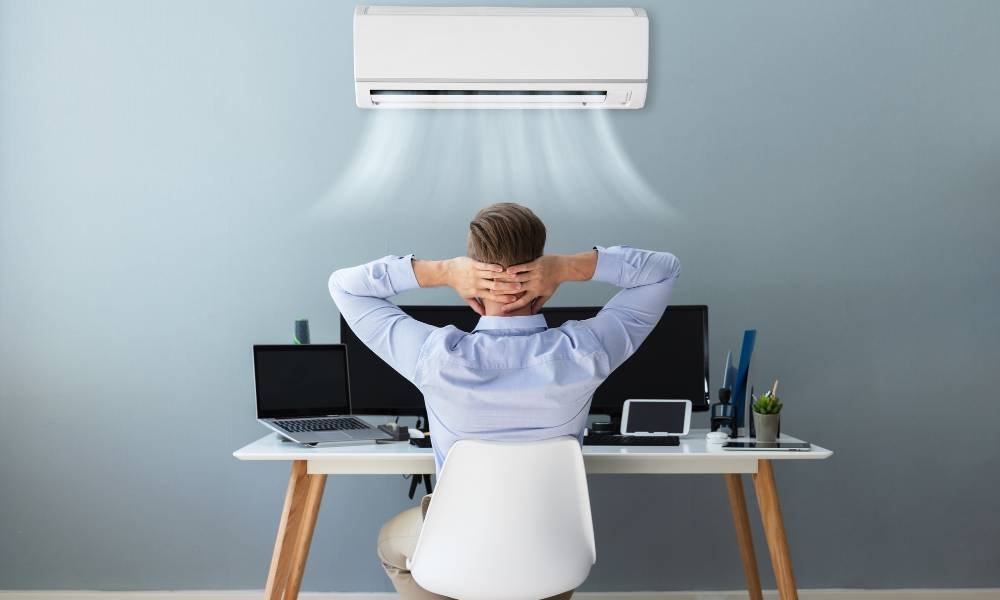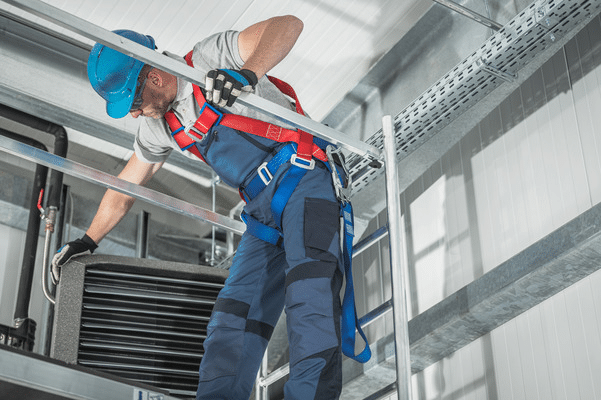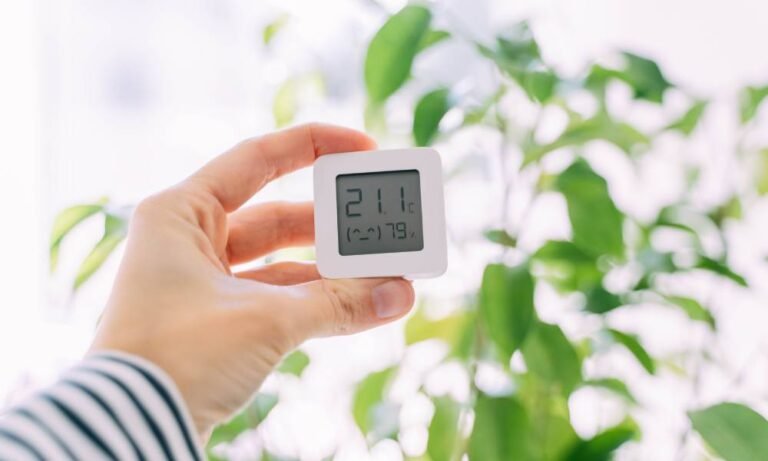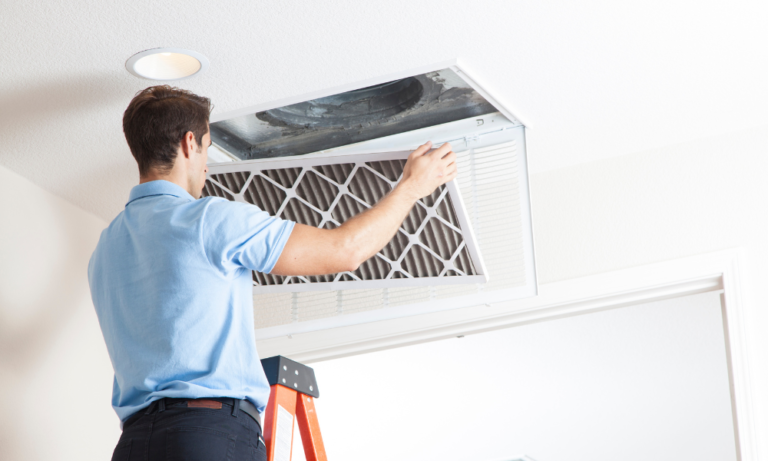Estimated reading time: 5 minutes
When it comes to keeping your home comfortable, central air conditioning systems have long been a popular choice. They promise consistent comfort, improved air quality, and a discreet design. But, like anything else, these systems come with their own set of advantages and drawbacks.
Having worked in HVAC for years, I’ve seen firsthand how central cooling can transform a home—and I’ve also witnessed the challenges homeowners face. This guide dives into the pros and cons of central cooling, helping you determine whether it’s the right fit for your space.
What is Central Cooling?
It is a system that uses a network of ducts to circulate cool air throughout your entire home. The system typically includes an outdoor condenser unit and an indoor evaporator coil. Warm air is removed from your home, cooled, and then redistributed.
Think of it as an orchestra of vents and ducts working together to keep your home consistently cool. Whether you’re relaxing in the living room or cooking in the kitchen, central cooling ensures every corner of your space stays comfortable.
The Benefits of Central Air Conditioning
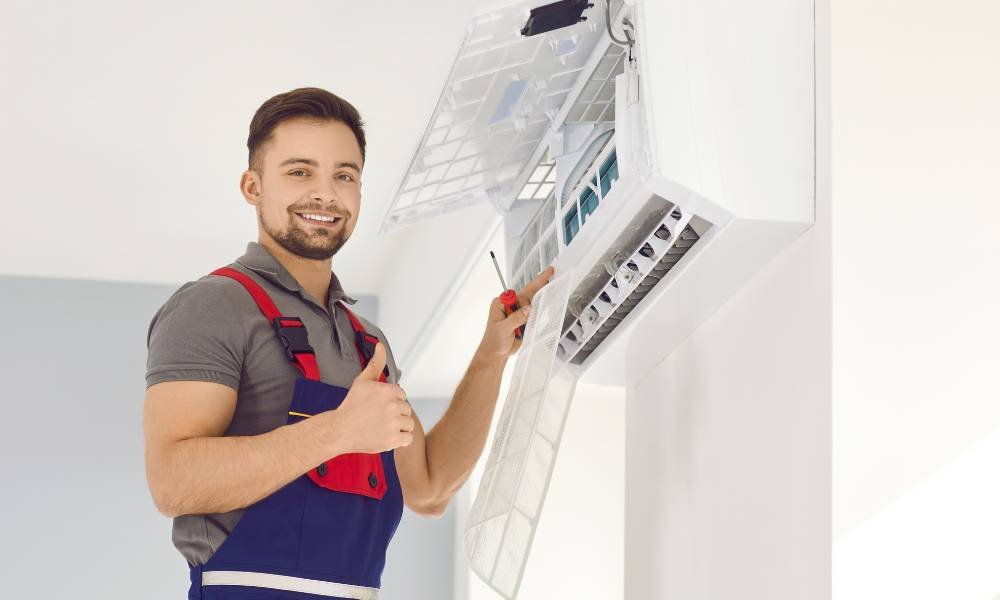
1. Consistent Comfort Throughout Your Home
This systems are designed to provide an even temperature across your home. Unlike portable units that can leave certain areas sweltering, these systems maintain a steady climate in every room. Whether you’re upstairs, downstairs, or in a tucked-away corner, you’ll feel the same level of cool comfort.
2. Cleaner Indoor Air
One often-overlooked benefit is improved air quality. The filters in central cooling systems capture dust, allergens, and other pollutants. This means the air circulating in your home is not only cool but also cleaner. For those with allergies or asthma, this can be a huge plus.
3. Quiet Operation
Compared to window units or portable air conditioners, It is remarkably quiet. The main components—like the compressor—are located outside your home, reducing indoor noise. You won’t have to raise your voice over a noisy unit or worry about sleep disruptions.
4. Space-Saving Design
These systems don’t take up valuable window or floor space. The ductwork is hidden behind walls, and the condenser unit is kept outside. This leaves your interior spaces free for furniture, decor, or just open air.
5. Energy Efficiency (With Modern Technology)
While older models were notorious for high energy consumption, today’s systems are far more efficient. With high SEER ratings and features like programmable thermostats, It can save energy and keep your bills in check—when used wisely.
The Drawbacks of Central Air Conditioning
1. Upfront Costs
Installing central cooling can be a significant investment. It involves purchasing the system itself and possibly adding ductwork if your home doesn’t already have it. For older homes without ducts, the installation can be both complex and costly.
2. Energy Usage
Cooling an entire home requires more energy than smaller, localized units. If you’re not mindful, your summer energy bills can skyrocket. However, using energy-saving features like programmable thermostats can help mitigate this.
3. Maintenance Requirements
To keep the system running smoothly, regular upkeep is essential. This includes changing filters, cleaning ducts, and checking the outdoor unit. Neglecting maintenance can lead to inefficiencies or, worse, system failures.
4. Limited Room-by-Room Control
Standard central cooling systems operate using a single thermostat, which controls the temperature for the entire house. If you prefer to cool only specific rooms or want different temperatures in different areas, you’ll need to invest in zoned cooling or dampers—both of which can add to your costs.
5. Ductwork Challenges
Ducts are essential to central cooling, but they come with their own set of issues. Leaks or poor insulation can lead to energy loss, while dirty ducts can compromise air quality. Routine cleaning and inspections are necessary to avoid these problems.
How to Decide if Central Cooling is Right for Your Home
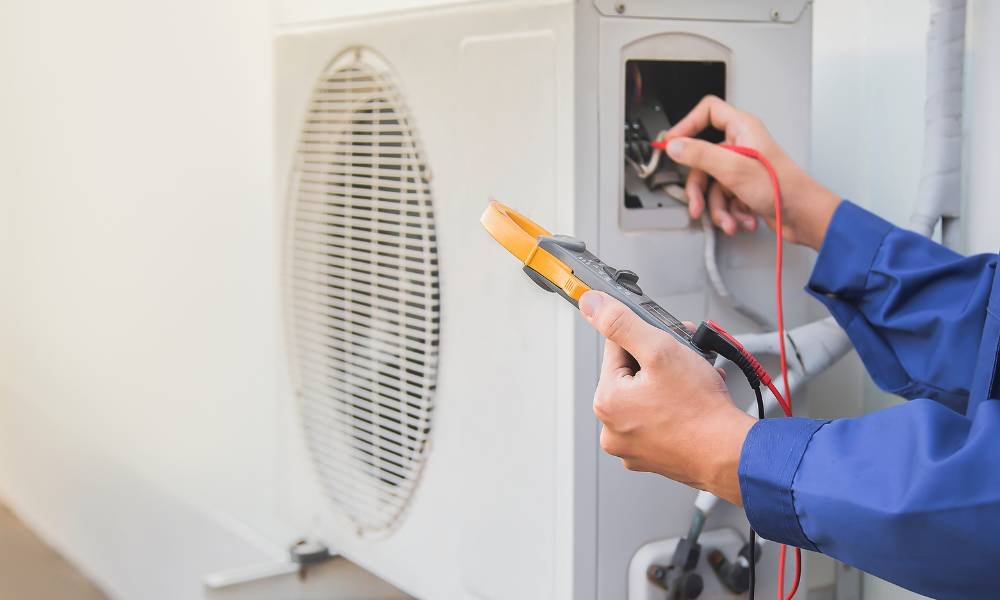
Choosing the best cooling solution depends on several factors. Here’s what to consider:
- Home Size and Layout: Larger homes benefit significantly from central cooling due to its ability to provide consistent comfort across multiple rooms.
- Budget: If you’re prepared to invest in installation and maintenance, It can be a long-term solution. For tighter budgets, ductless or portable systems might be better alternatives.
- Lifestyle: If you value quiet, unobtrusive cooling, this system delivers. However, if you prefer zonal control for individual rooms, you may need additional upgrades.
- Existing Ductwork: Homes with pre-existing ducts are better suited for central cooling systems, as the installation process is simpler and less expensive.
Tips for Maximizing Your Cooling System
If you decide central cooling is the way to go, here are some tips to make the most of it:
- Schedule Regular Maintenance: Have your system inspected and cleaned at least once a year. This helps prevent costly breakdowns and keeps it running efficiently.
- Upgrade to a Smart Thermostat: These devices can learn your schedule, optimize energy use, and even allow you to adjust settings remotely.
- Seal and Insulate Your Ducts: Ensure your ducts are properly sealed and insulated to prevent energy loss and improve efficiency.
- Use Ceiling Fans: Fans can circulate cool air more effectively, reducing the load on your system.
Final Thoughts
This systems offer unmatched convenience, quiet operation, and consistent comfort. They’re ideal for larger homes or those looking for an unobtrusive cooling solution. However, they come with costs—both upfront and ongoing—that need careful consideration.
If you’re still on the fence, consult an HVAC professional. They can assess your needs and guide you toward the best option. Whether you choose central cooling or an alternative system, staying comfortable during the hottest months is always a worthwhile investment.
So, what’s your next step toward a cooler, more comfortable home?
